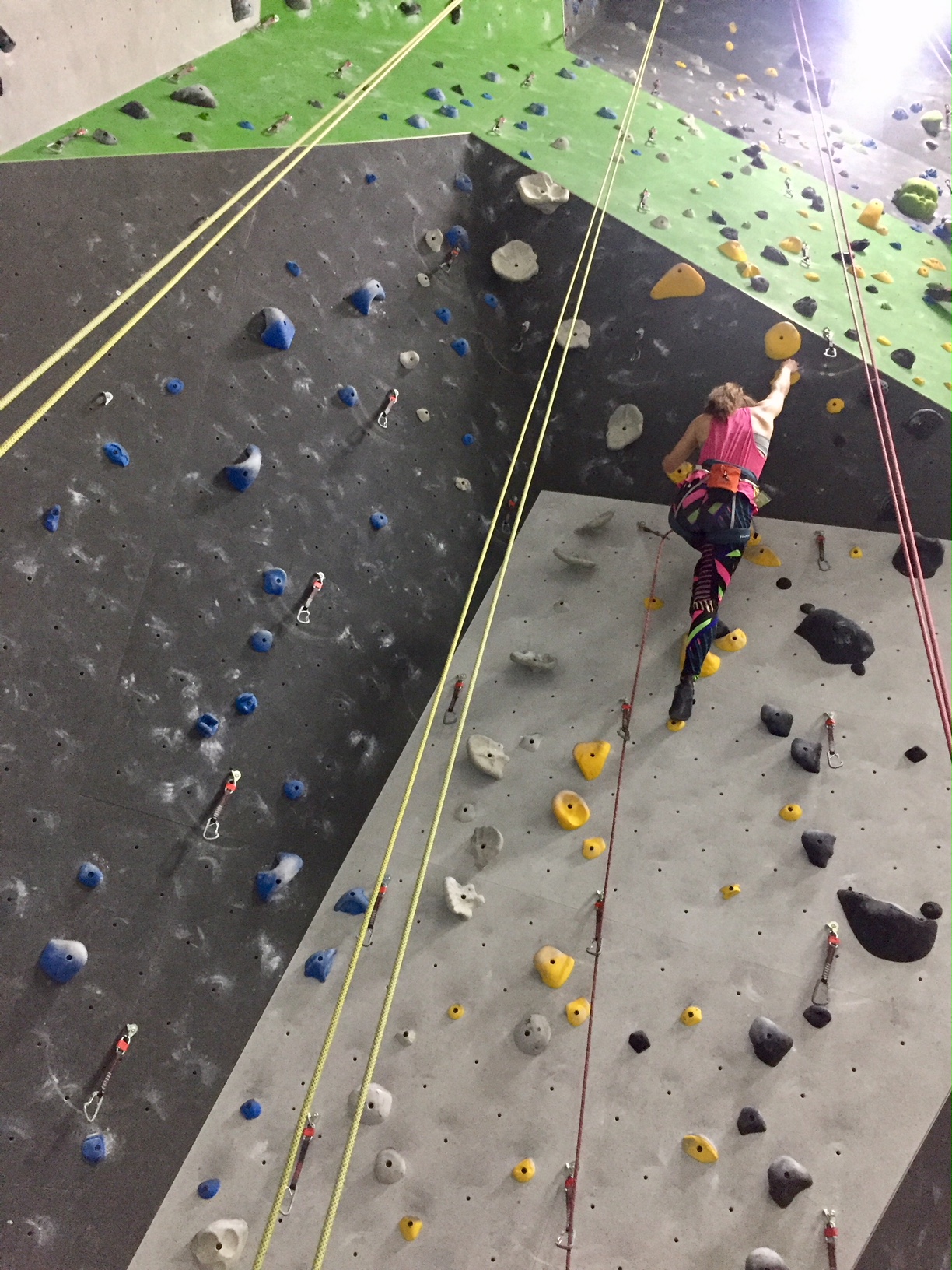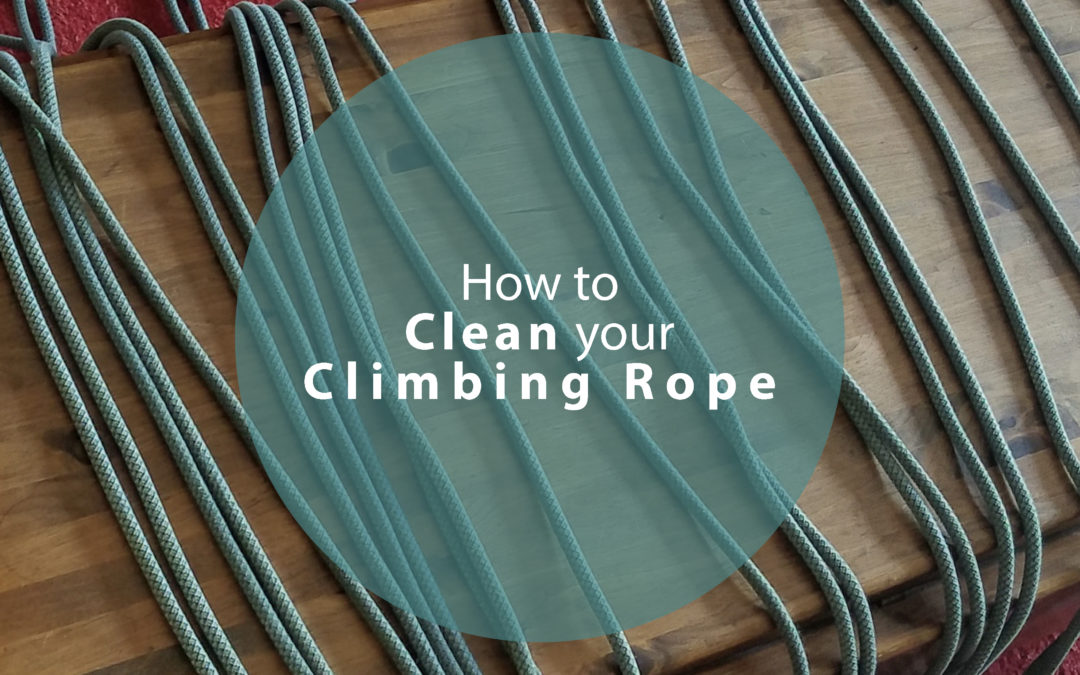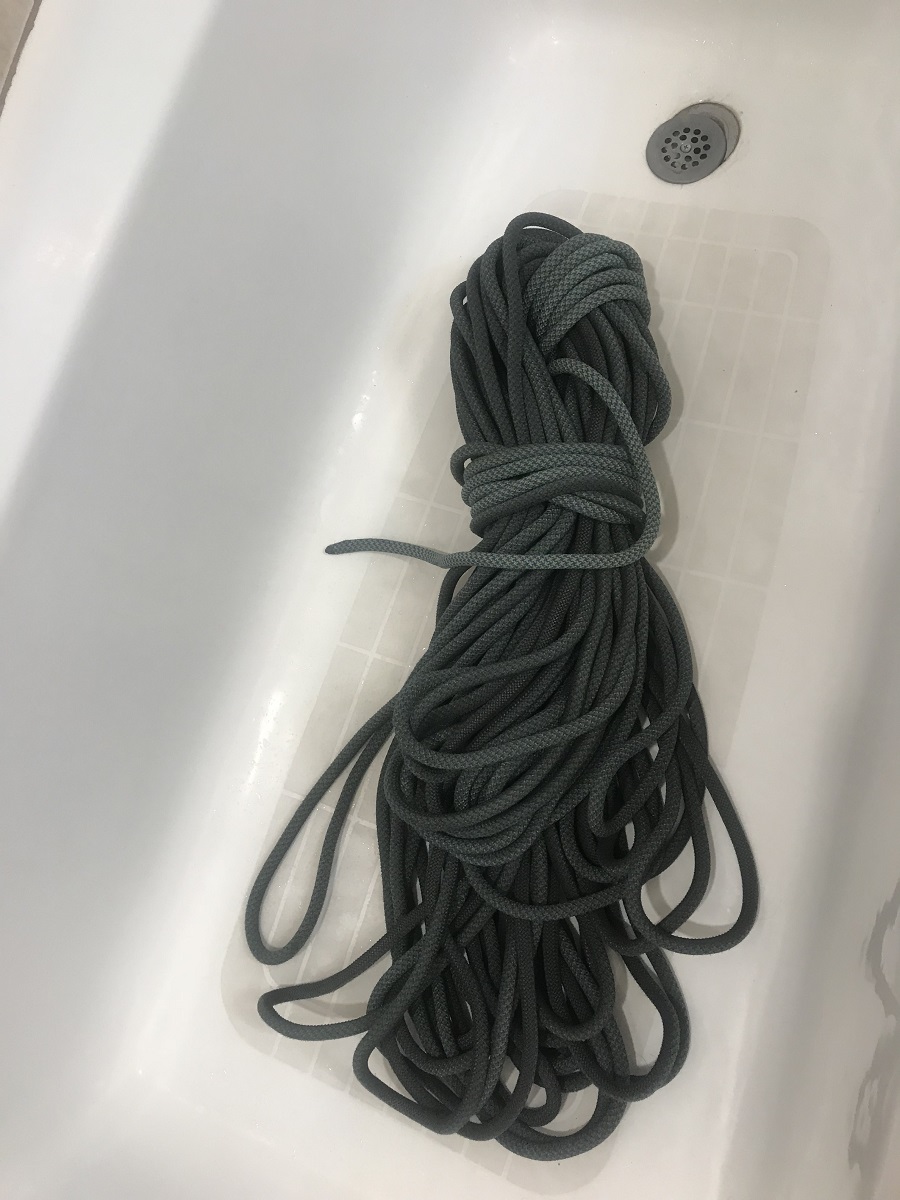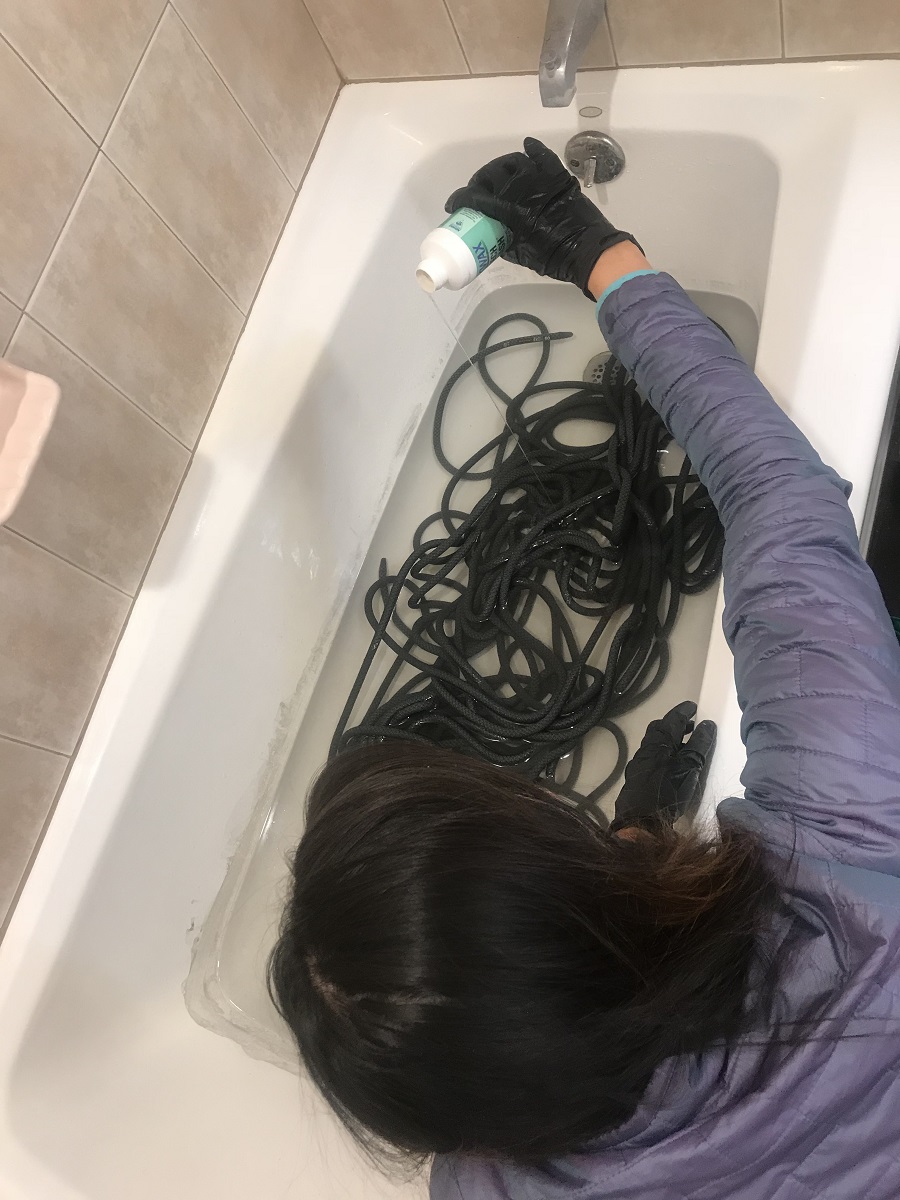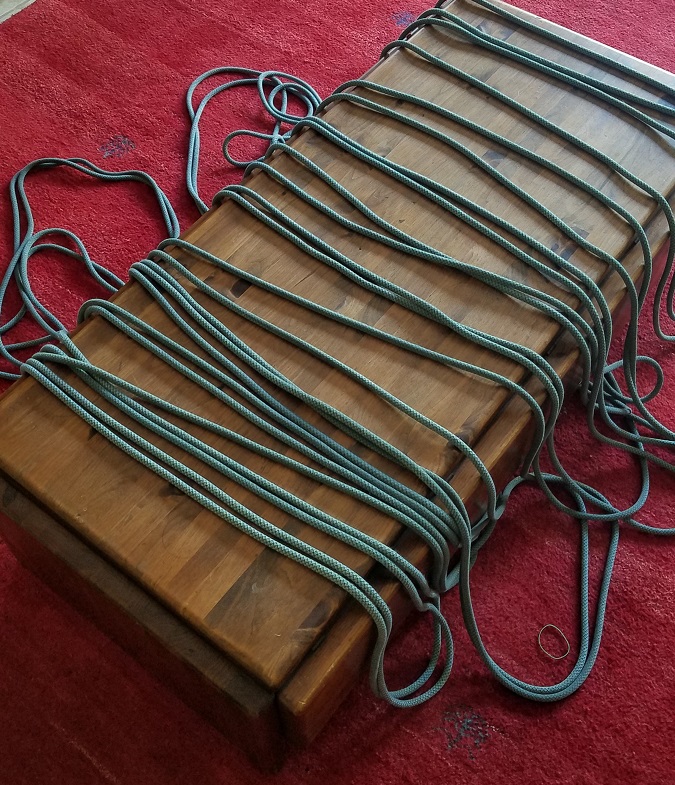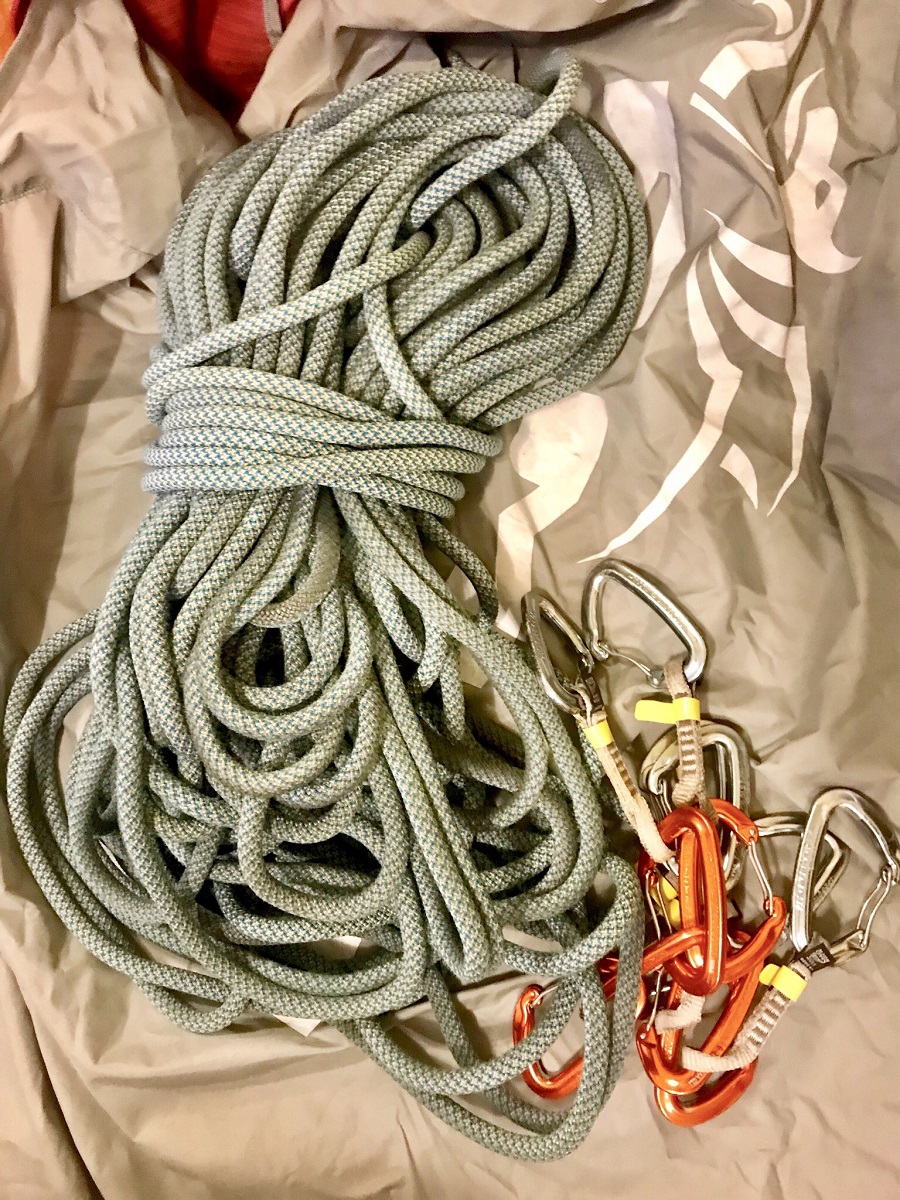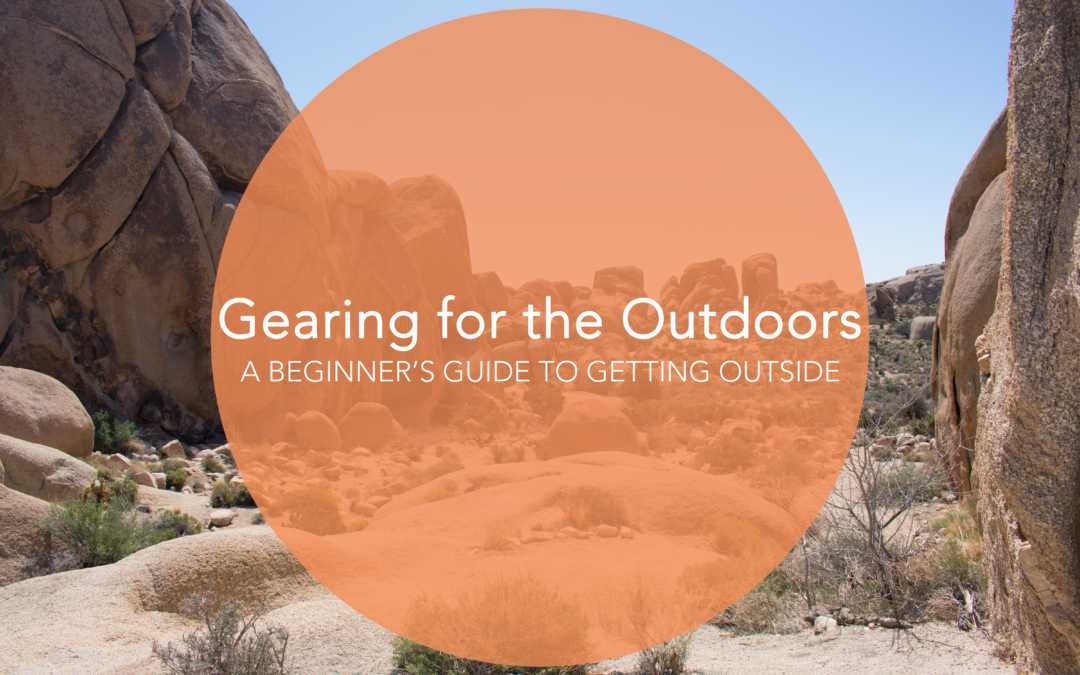
Gearing for the Outdoors: A Beginner’s Guide to Getting Outside
the contentWords and Images by Brianne Schaer
Instagram: @brianneschaer
Taking the leap from indoor to outdoor climbing is no small feat. The gym offers a controlled environment to hone your skills and keep your body in shape. Brightly colored holds guide you to the top of each route and cushioned floor pads protect you when you fall. The one thing the gym cannot offer is the sense of adventure and freedom that being outside provides.
There isn't a quick and easy way to explain the transition from indoor to outdoor climbing. The best way to start is to head to your local crag and climb! It is important to always keep in mind that climbing, whether indoors or outdoors, is an extremely dangerous activity. The following tips will hopefully help you as you start climbing outdoors. Climbing, as with most things in life, is a constant learning process, and we are all learning new techniques and skills every day.
Note: I am not a professional guide for outdoor climbing. These are tips to help transition climbers from inside a gym to the outdoors. Please climb responsibly.
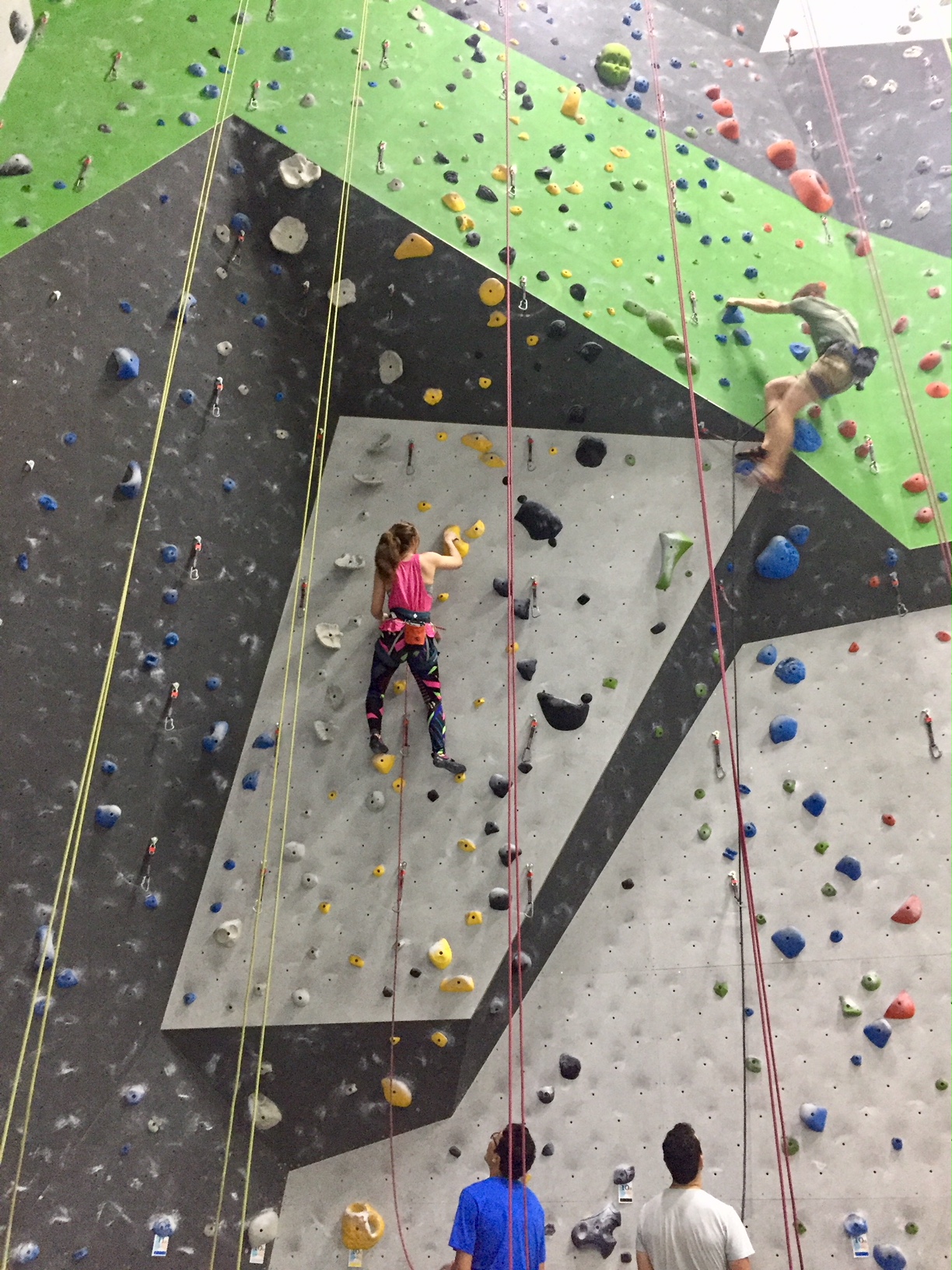
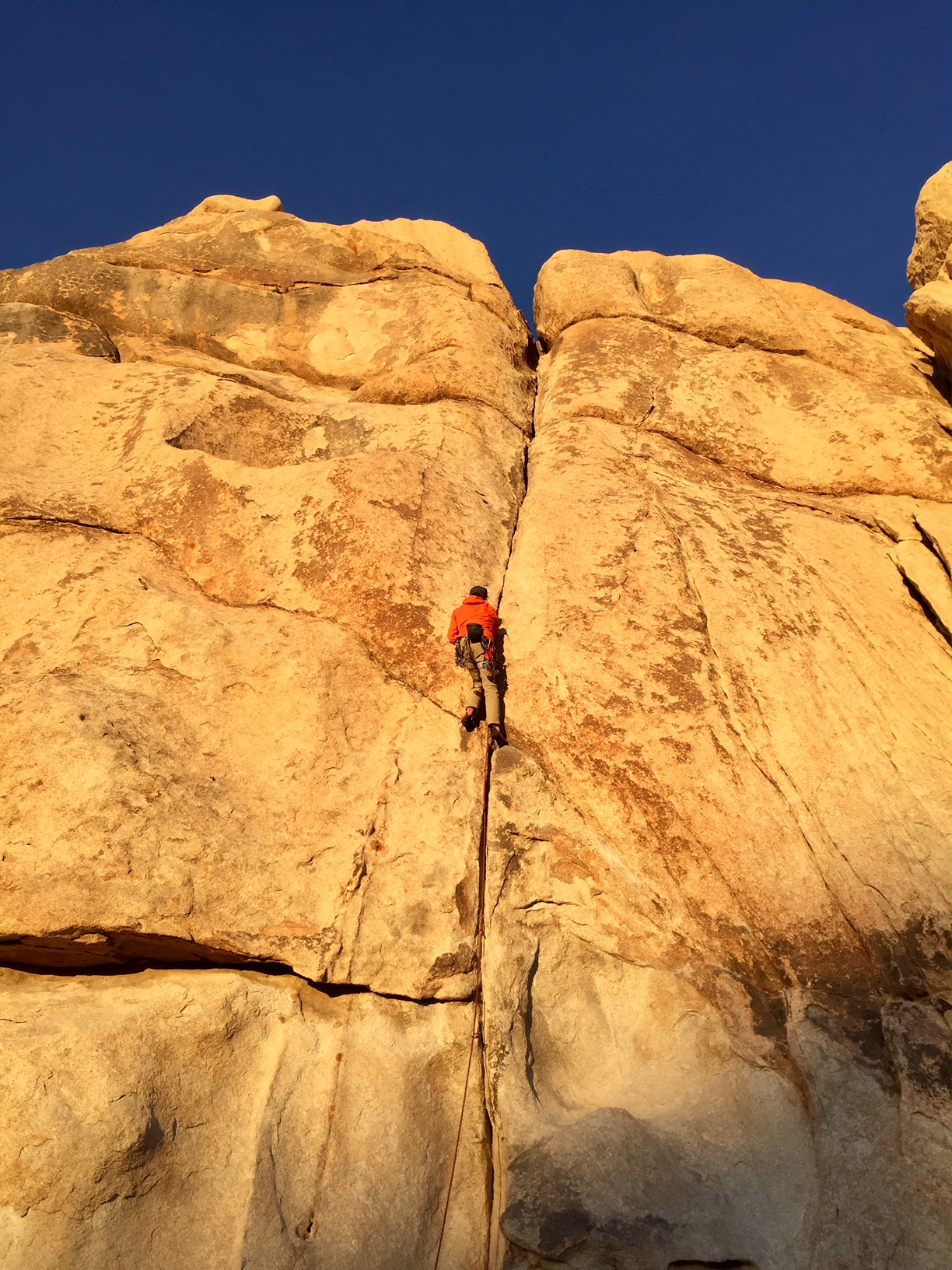
Hire a Guide
Hiring a guide is the best way to ensure that you are safe when you first start venturing outdoors. Nothing can replace the knowledge and experience of a hired guide. A good instructor can show you the best places to learn to climb, any specific rules or conditions of the crag, and most importantly, how to stay safe. There are a number of well-qualified guides in Southern California. Spend time researching a guide that will meet your needs and ensure you have a good experience on the rock.
Find Experienced Climbers
Can't afford a professional guide? Mentorship is another great way to start climbing outside, but tread lightly when choosing a mentor. You want to make sure they know what they are doing and are willing to help you on your journey. Since they are dedicating their time to helping you, you should try to return the favor in other ways. Simply offering to use your gear, or buy gas or food can go a long way.
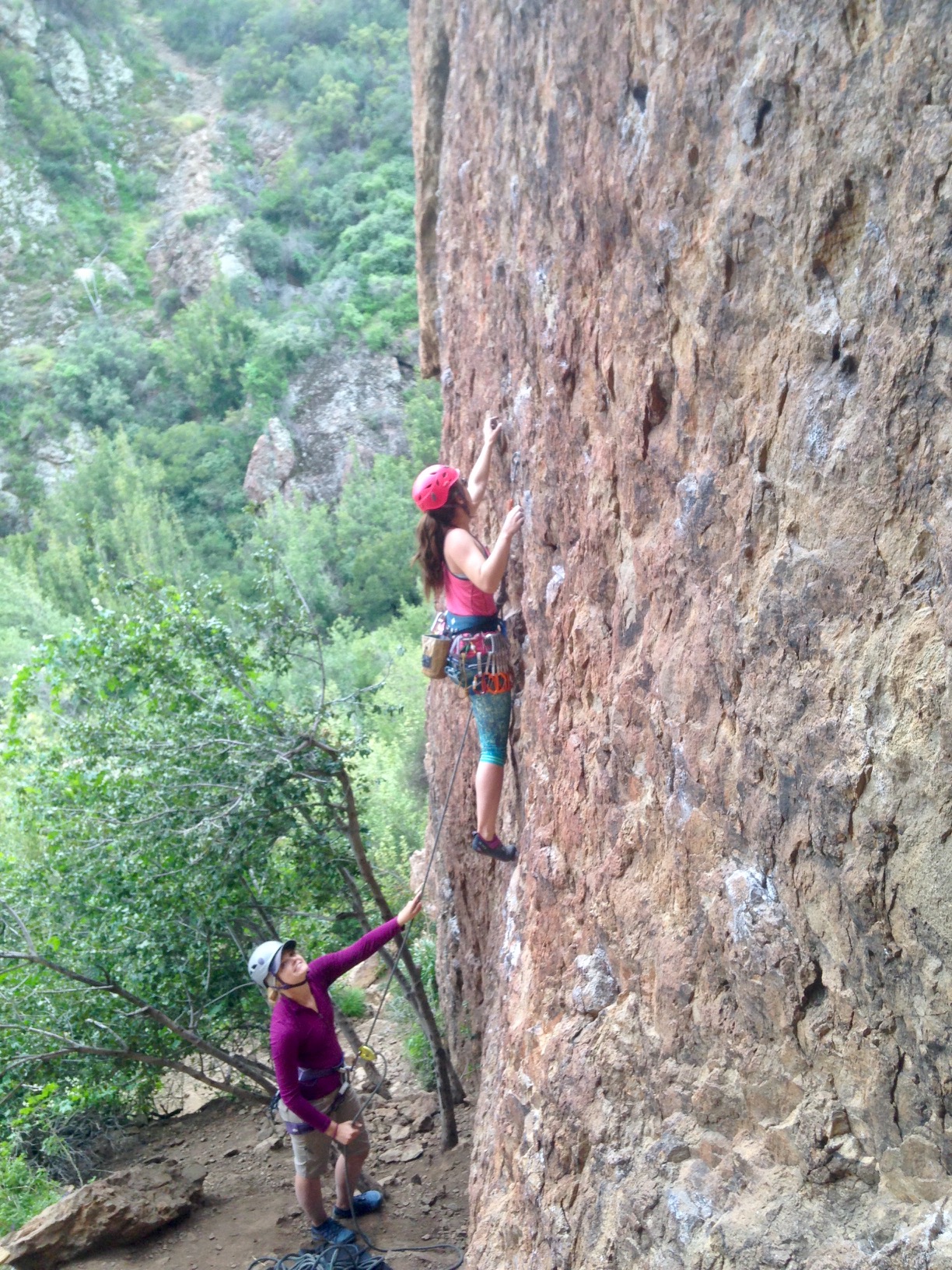
Take Classes
Professional instruction is a great way to learn necessary climbing skills. Sender One offers a number of great classes (at both SNA and LAX) that will teach you the basics for lead climbing and belaying, as well as various techniques useful in the outdoors, such as crack climbing. The more you practice lead climbing and belaying in the gym, the more confident you will be to transition those skills to the outdoor world. Other important skills to learn include rappelling, knot tying, and building anchors.
Be Aware of Dangers
There are a lot of dangers outside with the potential to kill you. It is important to keep that in mind and always be aware of your surroundings and potential dangers. This includes rockslides, loose holds, people above you dropping gear, and you dropping your gear on others. Also be on the lookout for ledges or bulges that you may potentially fall on if you should take a lead fall.
Always Perform Safety Checks
Make sure that your rope and gear are in good condition before climbing, every time you climb. Always check your partner, whether you're the climber or the belayer.
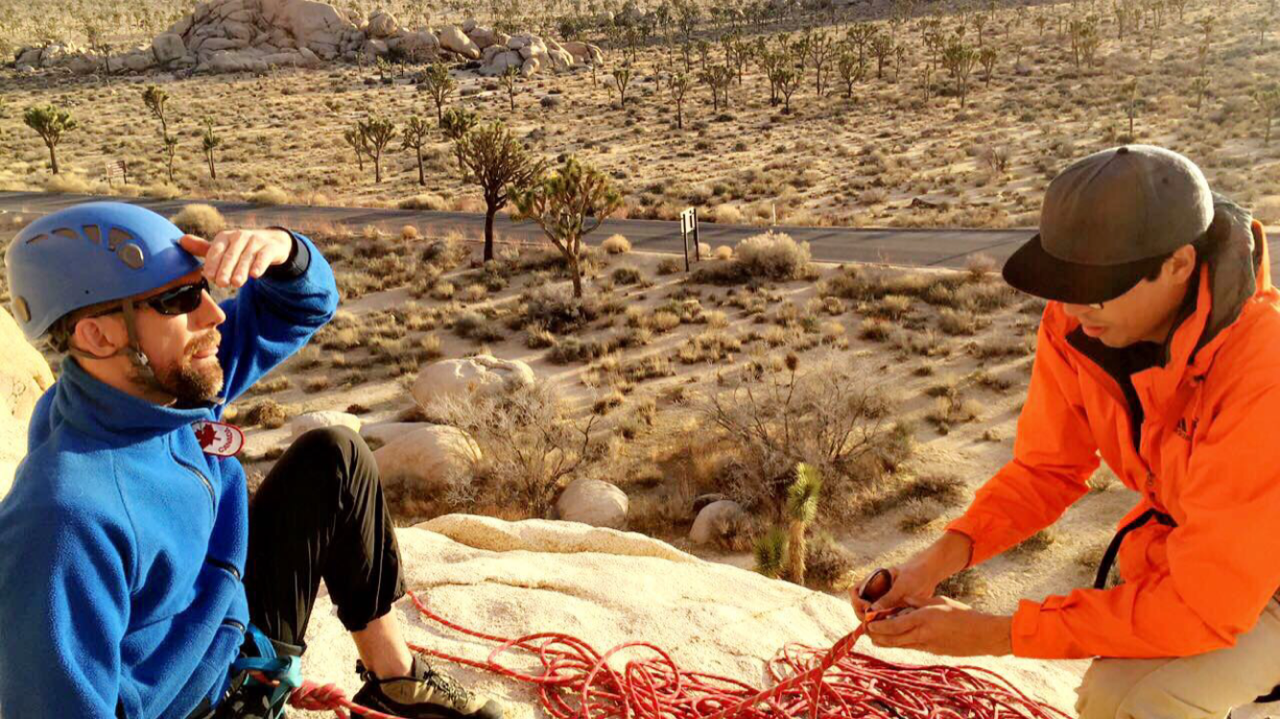
Check the Weather
The weather can make or break your outdoor climbing experience. Of course, climbing during the rain is not advisable. It's also not a good idea to climb a day or two after rain, and in some crags, it's not allowed because the rock is more likely to break off when it is damp or moist. It's also important to check the wind conditions, because it is much harder to clip quickdraws, or grab small holds in the wind.
Purchase Gear
Since you climb in the gym, you probably already have your own shoes, harness, and chalk bag. If you don't, it is time to buy them. Once you start climbing outside you'll realize there is never really an end to your list of gear you need to buy. Here is a short list of the necessities for outdoor climbing: shoes, harness, chalk bag, belay device, rappel device, rope, quickdraws, locking carabiners, personal anchor, and helmet.
Do Your Research
Before heading out to the crag, make sure you have a good idea of where the crag is, how to get there, how long the approach is, what gear you need, and how harsh the grading system is. Always keep in mind that grades outside are harder than inside, so that outdoor 5.7 may feel more like a 5.10 in the gym.
In addition to researching the crag, you can also read up on the basics of climbing in what is often referred to as the Climbing Bible. Mountaineering: The Freedom of the Hills provides information on almost everything climbing-related, from tying knots and building anchors to belaying and rappelling.
Leave No Trace
This is a huge one. No matter how much fun we have climbing, we must remember that we are using public land and should treat it as if we are guests. Be mindful of others at the crag, whether that means asking to play your music, keeping your gear in one area, or picking up your trash. As with hiking or any other outdoor activity, you should pack out all trash, park and camp only in designated areas, minimize noise, and stay on established trails.
Climbing outside offers exciting new variables and challenges. The above points can serve as a good starting point for anyone who wants to start climbing outdoors.
